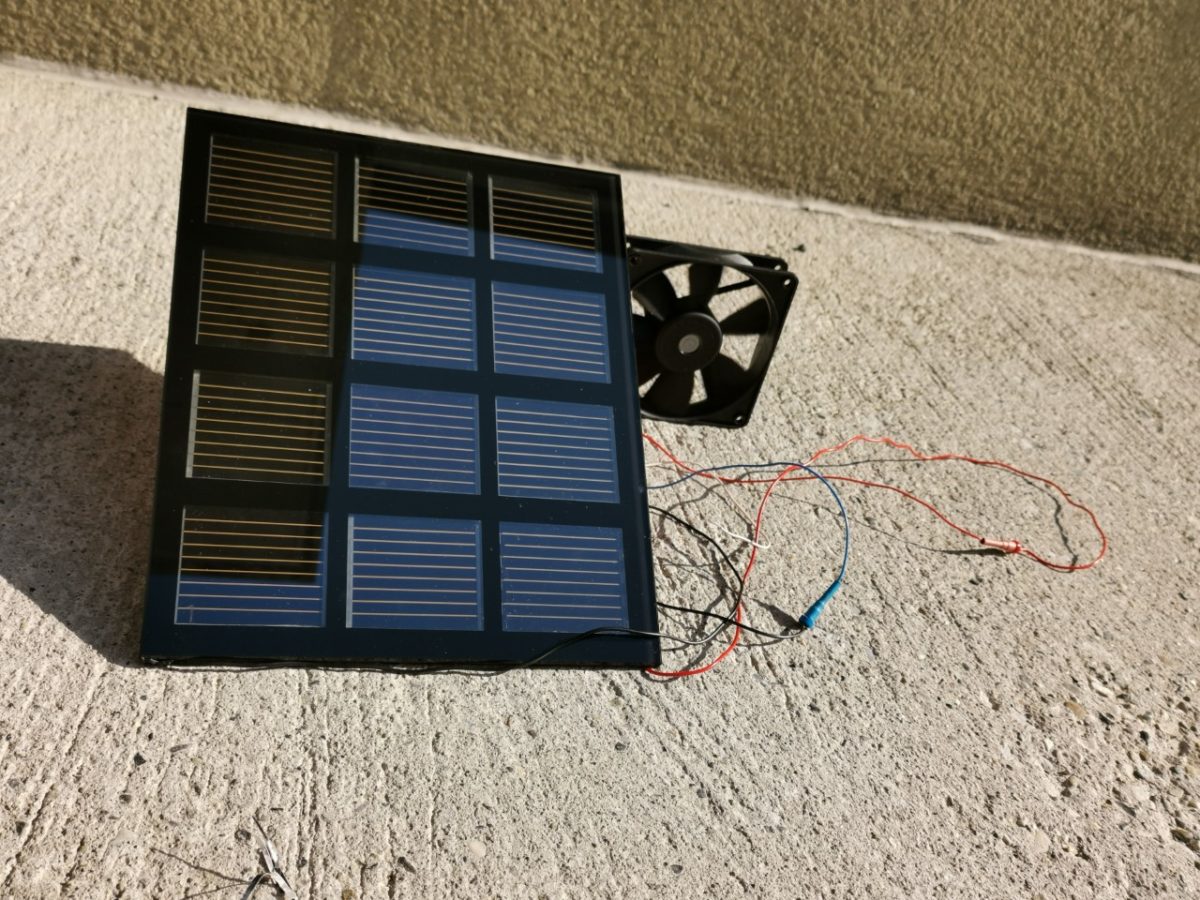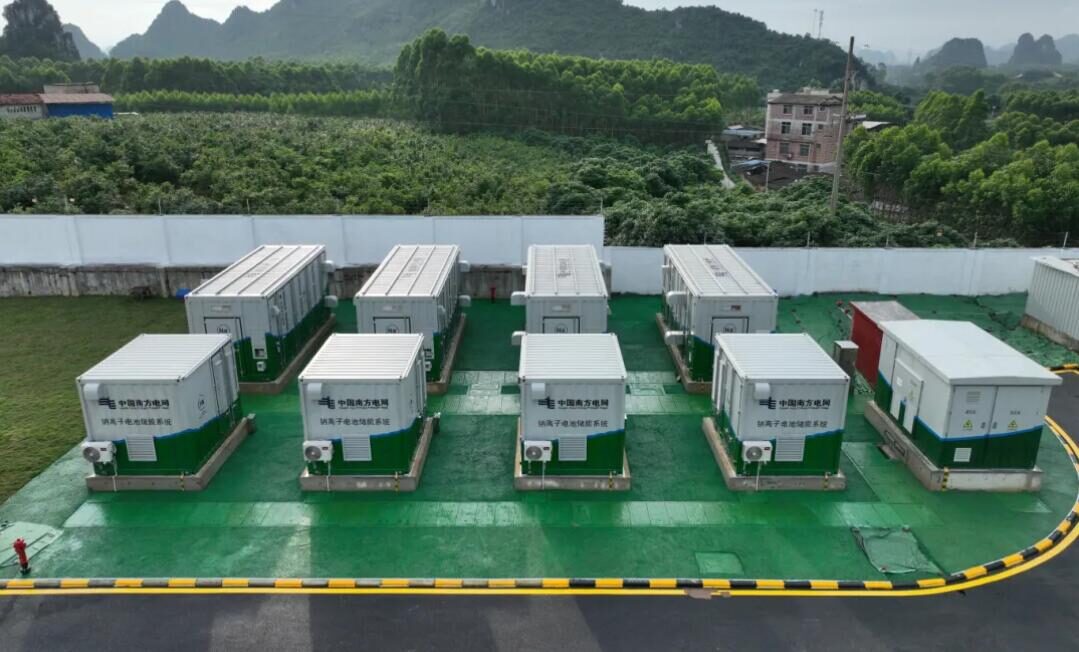An international research team led by École Polytechnique Fédérale de Lausanne (EPFL) has built a perovskite solar cell with an electron transport layer (ETL) based on single-crystalline titanium dioxide (TiO2) rhombohedral nanoparticles.
“The solar cell was conceived for use in building-integrated photovoltaics (BIPV), including roof tiles, facades, walls, and thin-film battery integrated perovskite solar cells for the Internet of Things and sensor applications,” researcher Mohammad Khaja Nazeeruddin told pv magazine.
The TiO2 nanoparticles were synthesized in a one-step solvothermal method based on the Mannich reaction, which is an organic reaction commonly used to convert a primary or secondary amine and two carbonyl compounds.
“The favorable energy level, high electron mobility and reduced trap densities of the nanoparticles are conducive to rapid interfacial charge transfer at the m-TiO2/perovskite interface combined with a fast inter-grain charge transport between adjacent TiO2 nanoparticles,” the scientists said.
The solar cell was fabricated with an n-i-p structure and architecture consisting of a glass-coated substrate made of fluorine-doped tin oxide (FTO), a compact anatase TiO2 layer, a high conductivity TiO2 nanoparticles layer, a film made of perovskite with a composition of Rb0.03Cs0.05MA0.05FA0.90PbI3, a spiro-OMeTAD hole-blocking layer, and a gold (Au) metal contact.
The champion solar cell developed with this structure achieved a power conversion efficiency of 24.05%, an open-circuit voltage of 1.12 V, a short-circuit current of 25.35 mA cm–2, and a fill factor of 84.7%. The research team attributed higher-than-usual open-circuit voltage and fill factor to reduced charge recombination and lowered series resistance, respectively.
“Excellent reproducibility is demonstrated by the narrow distribution in the photovoltaic performances,” the scientists said.
The cell was used to build a mini perovskite solar with an active area of 24.63 square centimeters via spin-coating and vacuum quenching. The small panel exhibited a power conversion efficiency of 22.87% and a fill factor of 82.0%.
“Benefiting from its fewer intrinsic defects, the nanoparticles-based small-size device showed long-term operational stability, maintaining 90% of its initial efficiency after continuous operation for 1,400 h,” the scientists said.
For the first time, the team managed to significantly decrease the gap between a small area efficiency and a large area efficiency. This represented the lowest loss in efficiency reported to date when scaling up from cell to module.
The scientists described the solar cell in “Single-crystalline TiO2 nanoparticles for stable and efficient perovskite modules,” which was recently published in Nature Nanotechnology. The research team includes scientists from EPFL, the University of Würzburg, the University of Luxembourg, the Luxembourg Institute of Science and Technology, North China Electric Power University, and Xi'an Jiaotong University.
This content is protected by copyright and may not be reused. If you want to cooperate with us and would like to reuse some of our content, please contact: editors@pv-magazine.com.




What is the Recycling Rating (RR) of these Panels… 0%..10%..50%..90%… ???
Gaining 5% points in efficiency and losing more than 5-10% in RR… is a Net Loss…
Hope the Solar Industry (and pvmagazine) does not repeat the mistakes of the past by dumping its waste in the overflowing garbage dumpyards.. and spreading/leaching POLLUTION, etc… all over again… when will we ever learn..???
Hi Ajay, We take accusations of environmental irresponsibility very seriously here at pv magazine. Please let us know where you understand the company has dumped waste and caused pollution.